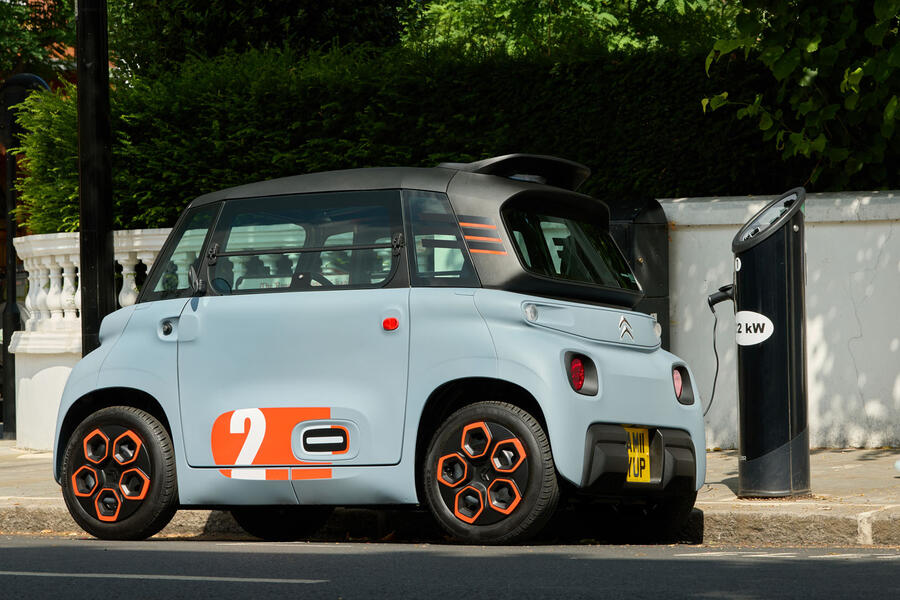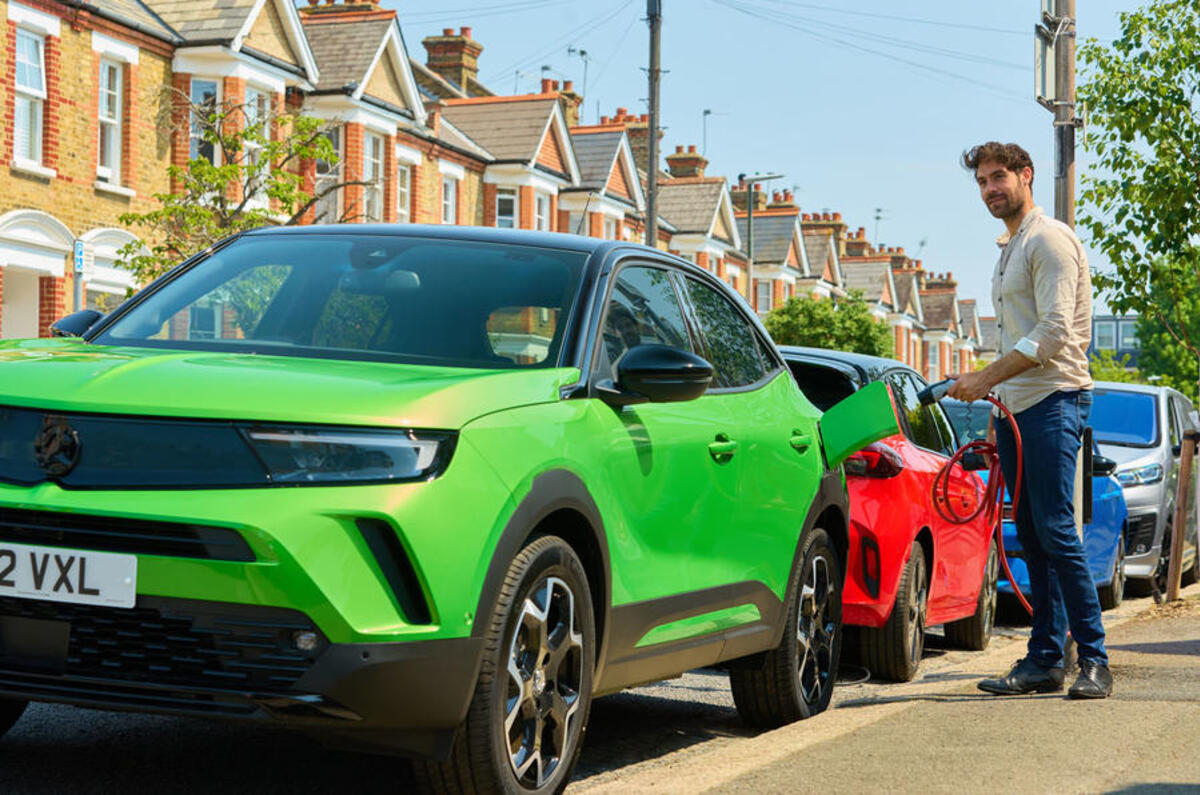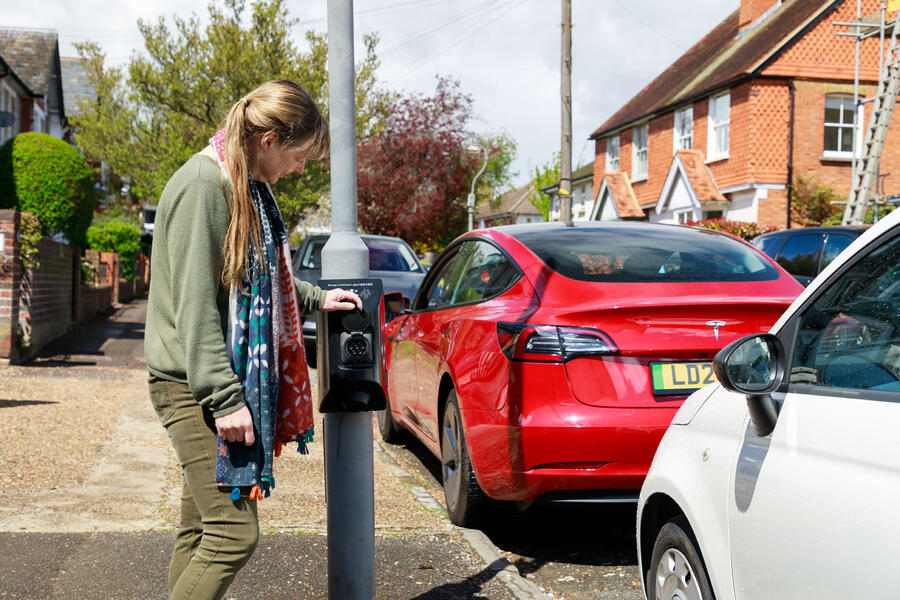The government’s Electric Vehicle Chargepoint Grant, which discounts the installation of home chargers for EV drivers, has been expanded to people without off-street parking.
The scheme covers 75% of the cost of purchasing and installing a home charger, up to a maximum of £350. Previously, it was open only to EV drivers who owned or rented a home with a private off-street parking space.
However, under new criteria issued by the Department for Transport (DfT), those with “adequate” on-street parking will also be eligible to apply for the grant for a cross-pavement charging solution.
Applicants must have permission from their local council to install this between their home and their approved parking space. They must also have the approval of any relevant third parties, such as the property’s landlord or freeholder.
Applicants don't necessarily have to own an EV themselves in order to be eligible: according to the guidelines, which can be read in full on the gov.uk website, electric company car drivers also qualify.

Amanda Solloway, minister for affordability and skills, said the changes “will make it easier for people to switch to electric vehicles”.
AA president Edmund King concurred, adding: “AA surveys show that one of the main reasons why many drivers are hesitant towards switching to EVs is the perception that there are not enough charging points.
“To give confidence to drivers now and for the future, we need to overcome these barriers, which will help unlock cleaner, greener motoring for all.
“Extending grants to those without off-street parking is a step in the right direction.”











Join the debate
Add your comment
Nice idea, but what's it going to be like with all those wires trailing across pavements?